In May, I started an internship at the City of Vancouver Archives with the goal of supporting community outreach and engagement with the BC Gay and Lesbian Archives (BCGLA). This opportunity was provided through UBC’s Public History Initiative, which gives UBC students like myself an opportunity to apply academic skills outside the classroom and expand community engagement with history. Being both a history student and a member of the LGBTQ2+ community meant that this position held particular importance for me, and I had a passionate interest in increasing the visibility and public use of these holdings.

In the past six months working here at the City Archives, planning Pride events and other opportunities for public involvement, I have gained a new perspective on the depth of LGBTQ2+ histories in Vancouver and the importance of “queering” the archives. The Archives has acquired LGBTQ2+ holdings over the past 25 years with Ron Dutton’s BCGLA collection being the most recent acquisition in 2018. The LGBTQ2+ community has often had their history silenced in favour of a heteronormative narrative, but this collection of thousands of photos, textual materials, and hours of media footage ensures that the LGBTQ2+ history of BC is not overlooked. The BCGLA has emerged directly out of the community, representing a collection of stories that were often held in shoe boxes under beds and eventually made their way into an archival collection. These archives capture the existence of identity, community, and resistance, moving away from mainstream narratives and embodying the uniqueness of LGBTQ2+ experiences and histories here in BC. In their new home in the City Archives, these stories have been preserved and digitized to ensure that those in search of LGBTQ2+ history and community are able to find them.
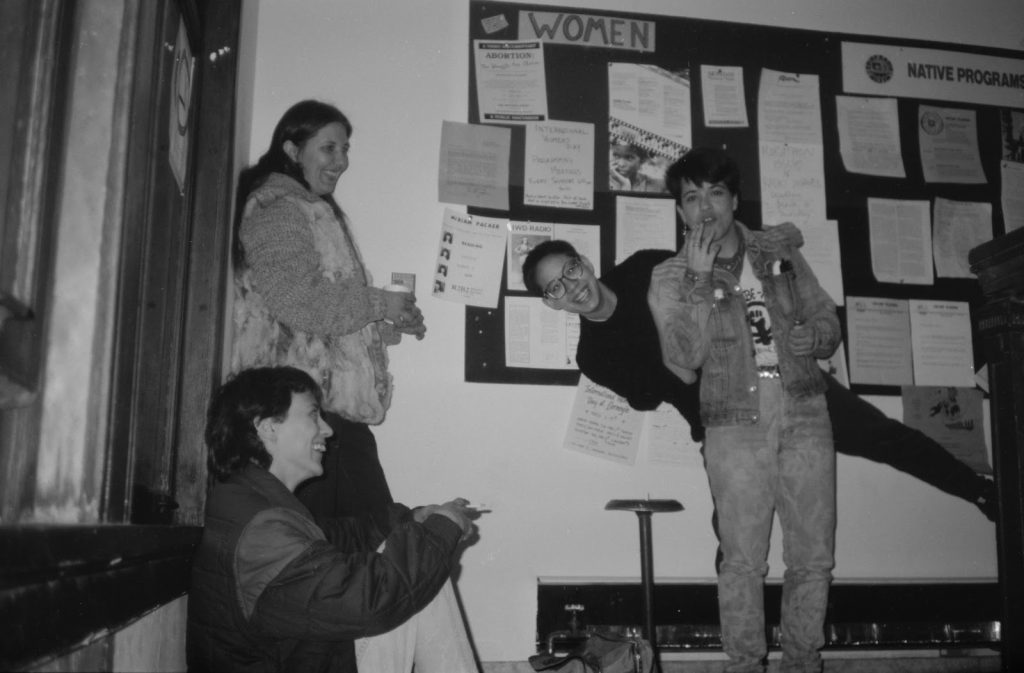
Institutions like archives and museums have a particular responsibility in preserving historical materials and ensuring their public accessibility for research and personal interests. The LGBTQ2+ community has been a prominent part of British Columbia’s history, but has not always been a prominent part of institutional collections. Certain histories and narratives have been unfortunately left out or overlooked due to past biases or a lack of recorded material. This is where archives like the BCGLA come in. Ron Dutton’s collection of materials, and its continued preservation and digitization by the City Archives, emphasizes the persistence and presence of LGBTQ2+ history in BC. By acquiring, preserving, and making accessible the histories of members of the LGBTQ2+ community, the City Archives ensures that queer history is visible within the historical record. Especially with its recent focus on community outreach, it is working to create a space in which LGBTQ2+ histories can be shared, heard, and prioritized.
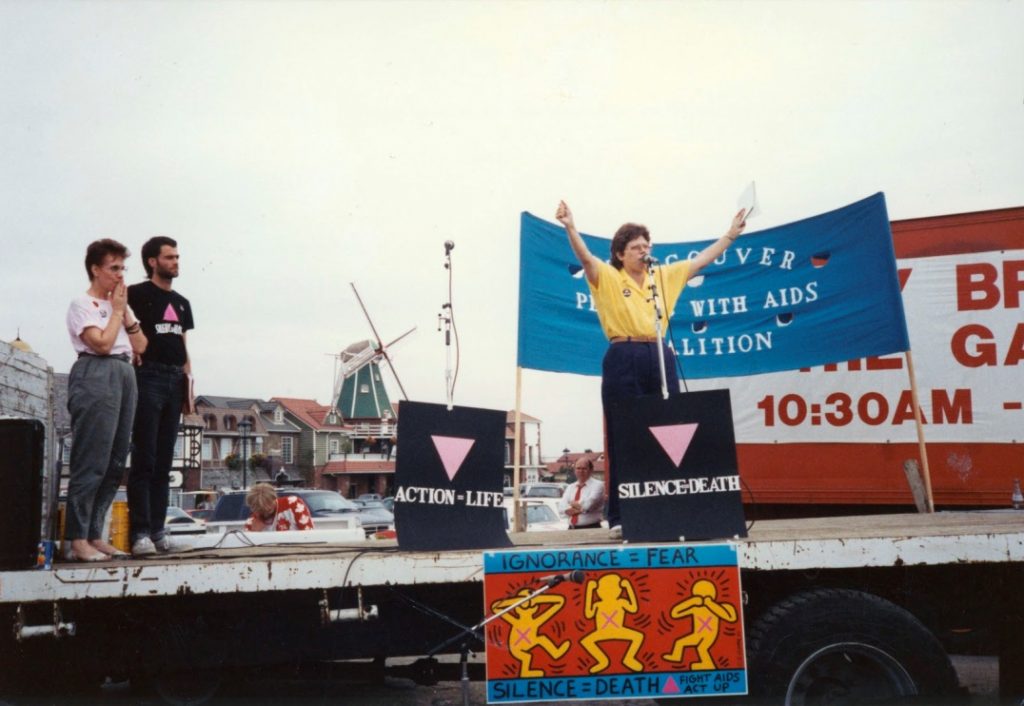
In recent years, there has been an increased call for the “queering” of society, culture, and history. Queering, a shortened term for “queer reading”, advocates for a re-reading of the past and present to identify and subvert heteronormativity, while also elevating the presence of historically marginalized sexualities and gender identities. The BCGLA plays an important role in challenging the hetero and cisnormative narratives (the “straightwashing”) of BC’s past. Indeed, rather than telling a singular queer history, sources in the collection attend to the histories of multiple communities and individuals, offering a look into BC’s queer history well beyond what we are used to seeing. Ron’s collection of photographs touches on everything from softball teams, theatre productions, international women’s day, kink events, gender nonconformity, the trans community, anti-racist protests, Greater Vancouver Native Cultural Society events, coronation balls, documentaries on Vancouver’s sex workers – and the list does not end here. The BCGLA ultimately acts in direct defiance of those who have tried to silence LGBTQ2+ presence and history, and establishes queer communities within their rightful place in the broader history of Vancouver and beyond.
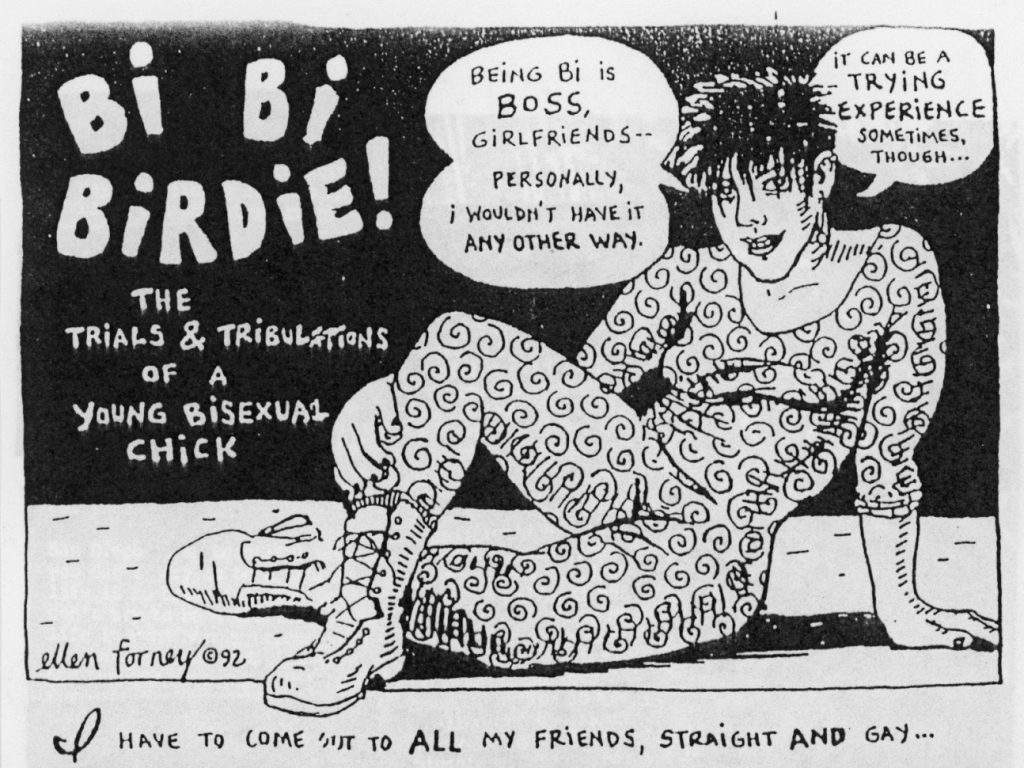
The past six months have been a fantastic opportunity to take part in a queering of the City Archives as we took part in several events and hosted one of our own. Thanks to the invaluable support from the Vancouver Pride Society, we were able to attend East Side Pride, the Pride Proclamation ceremony at City Hall, and the Sunset Beach Festival. As well, thanks to the hospitality of the Queer Arts Festival, we were present at Stonewall 50: Glitter is Forever. On October 26, we held a photo identification event, hosted in partnership with the SUM Gallery and the folks at Queer Art Fest. At each of these events, we shared information and sources from our LGBTQ2+ collections, listened to community members’ stories, and asked for their help in identifying people in photographs. Recently, we have also implemented a new online photo identification tool for any members of the public who wish to comment on the photos within the BCGLA collection.
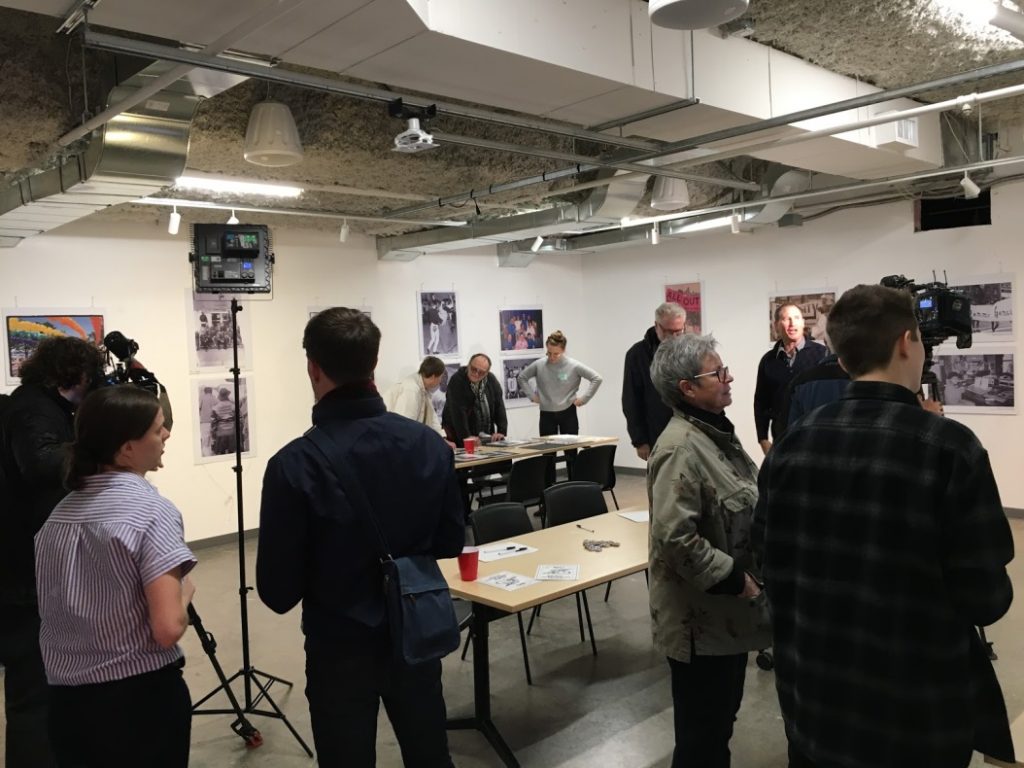
In my time working with the City Archives, from the early Pride planning to putting together the event at the SUM, I was able to learn more about what work is being done here and why archives like the BCGLA are so important. What started out as a project to increase public awareness of the BCGLA and engagement with the materials developed, at least for me, into a multifaceted project to ensure that these archives are as recognized and utilized as others in the City Archives. Engaging communities whose histories are represented within the City Archives is an important process, and I am incredibly grateful to have been a part of this work.


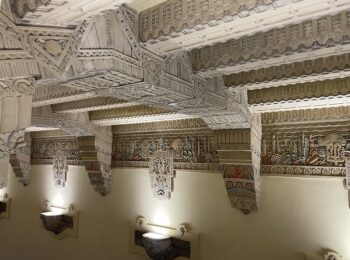
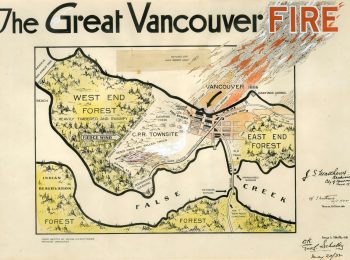
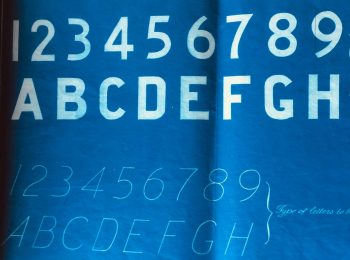
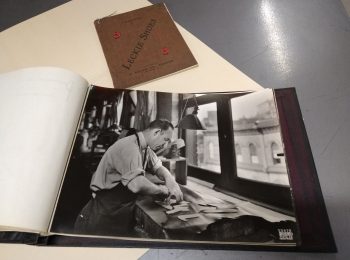
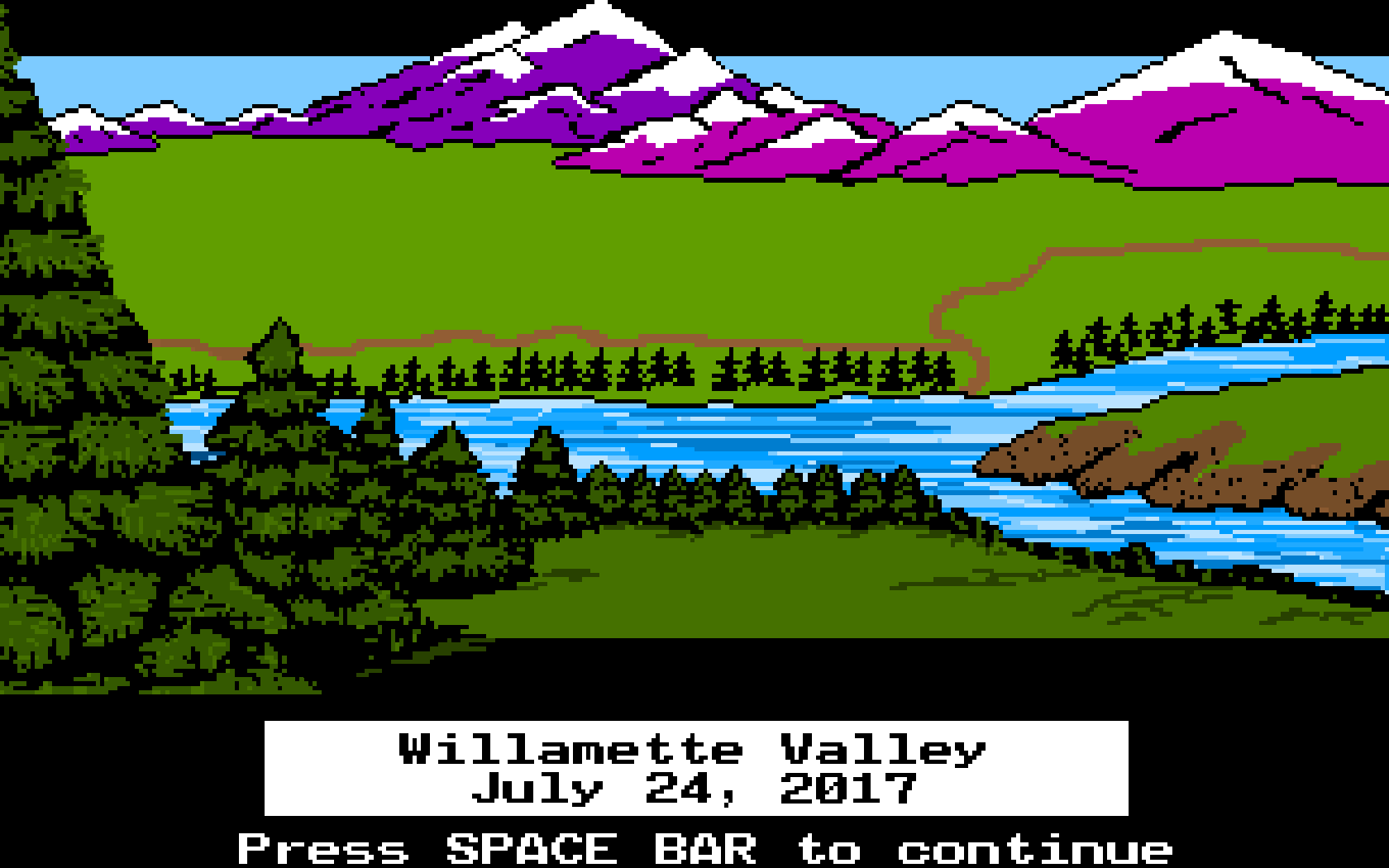
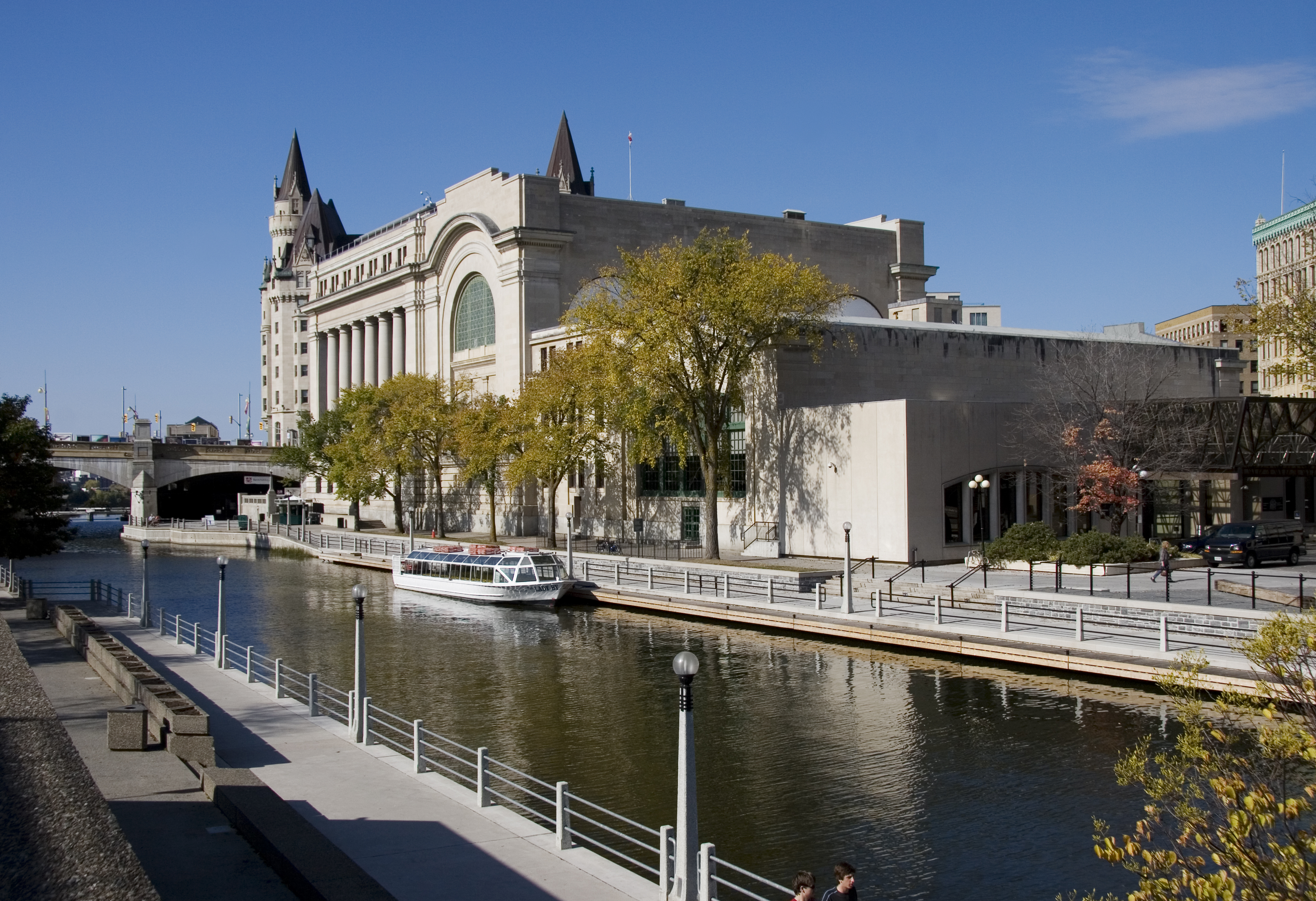
What public history initiatives have resulted?
We were referring specifically to the name of the UBC program that sponsored Laura’s internship, but her work with us resulted in a number of public outreach opportunities and events, some during the Pride Festival, and some not, and public engagement that resulted in donations of records. It also laid the groundwork for crowdsourcing information about people and events in our photographs.